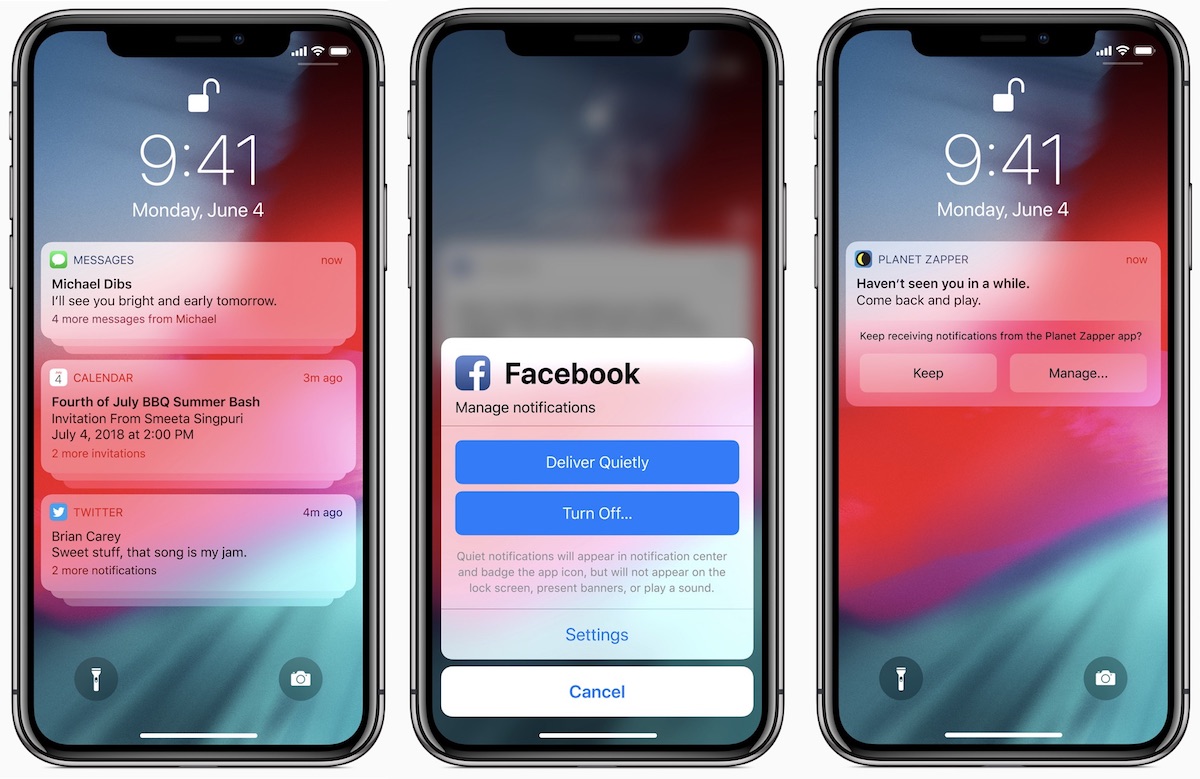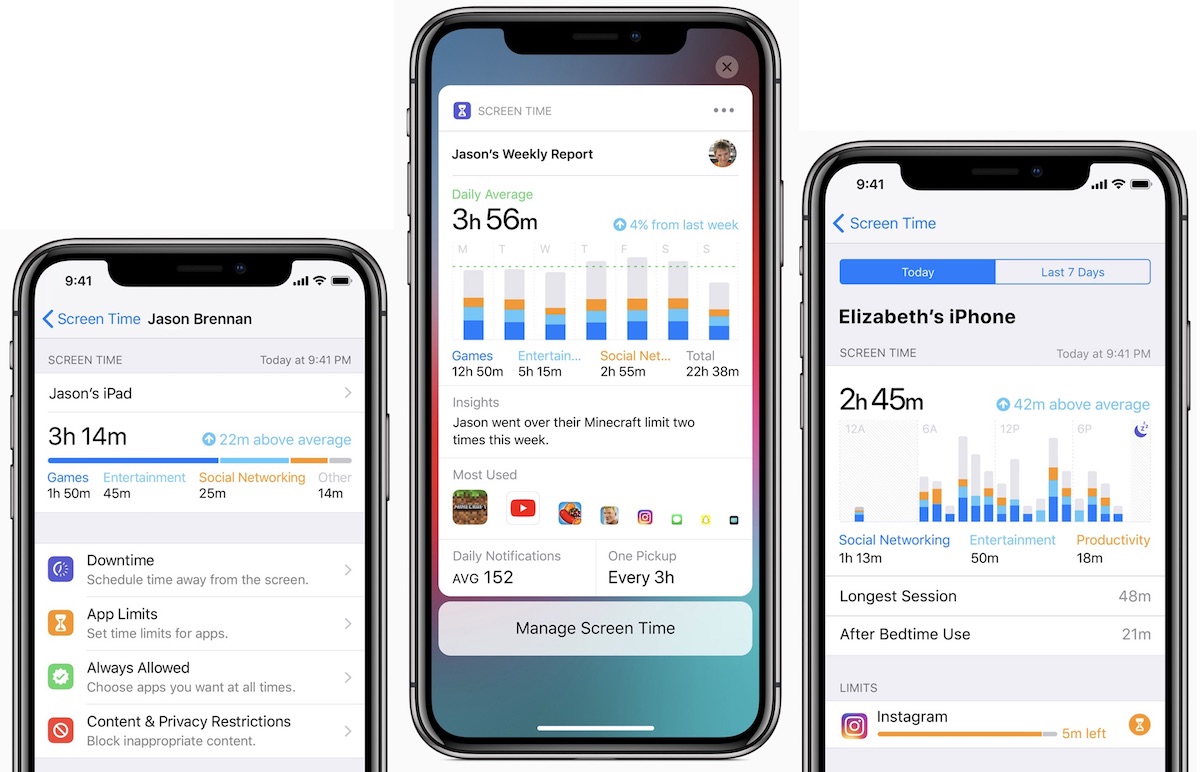During Monday's keynote, a trio of features in iOS 12 - Do Not Disturb, Notifications and the new Screen Time - got a lot of attention. Their job is to somehow limit the time that users spend on their Apple devices, or reduce the degree to which the devices distract them. In this context, it is impossible not to recall the words of E. Cuo, currently the head of Apple Music, from 2016, when he said:
"We want to be with you from the moment you wake up to the moment you decide to go to sleep."
A clear shift can be seen in the news, which is probably a response to the alarming number of people addicted to mobile phones as well as the ubiquitous aimless scrolling of Instagram or Facebook. Apple has thus improved the existing functions and allowed its users to better detach from the device and see how much time they spend in each application.
It could be interest you

Do not disturb
The Do Not Disturb function is improved with a night mode, where the display only shows the time, so that if a person wants to look at the clock at night, he does not get lost in a pile of notifications that would force him to stay awake.
Another new feature is the option to turn on Do Not Disturb for a certain time or until the user leaves a certain location. Unfortunately, we have yet to see an improvement in the form of automatic activation of the function every time we arrive at a certain place (for example, to school or work).

Notification
iOS users can finally welcome grouped notifications, so that when multiple messages are delivered, they no longer fill the entire screen, but are grouped neatly under each other according to the conversation or application from which they come. Click this to view all grouped notifications. What was common on Android is finally coming to iOS. In addition, it will be easier to set Notifications to your liking directly on the locked screen and without the need to open Settings.

Screen Time
The Screen Time function (or Time Activity Report) allows not only to monitor how much time the user spends in individual applications, but also to set time limits for them. After a certain time, a warning about exceeding the limit will appear. At the same time, the tool can be used as a parental control for children. A parent can thus set a maximum time on their child's device, set limits and receive statements about which applications the child uses the most and how much time they spend using them.
In this day and age, when we often tend to check notifications and turn on the display even if it's not necessary at all (not to mention scrolling through our Instagram feed), it's a very useful combination of features that could at least mitigate the current impact of technology on today's society.

When I go to sleep and I have my iPhone in bed as an alarm clock (often even under the pillow), I'll probably stick with Airplane mode rather than Do Not Disturb, right?
Are you sleeping on the plane or what?
The Time screen doesn't work for me, can anyone give me some advice?